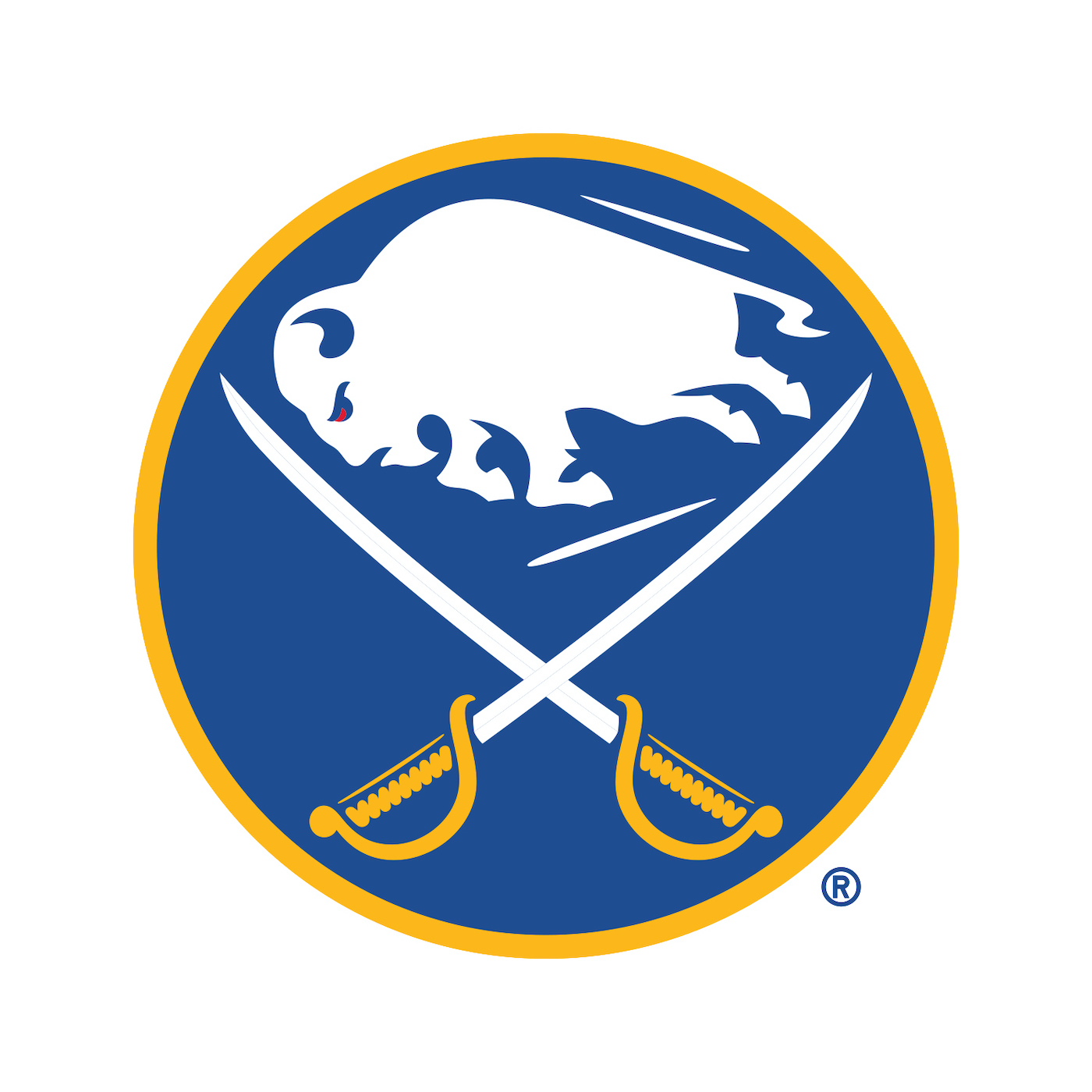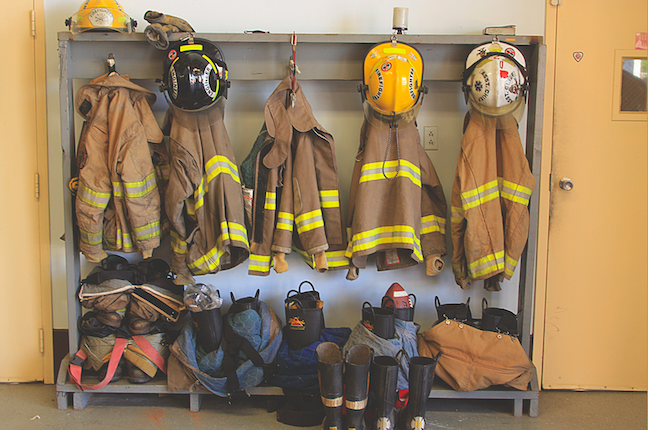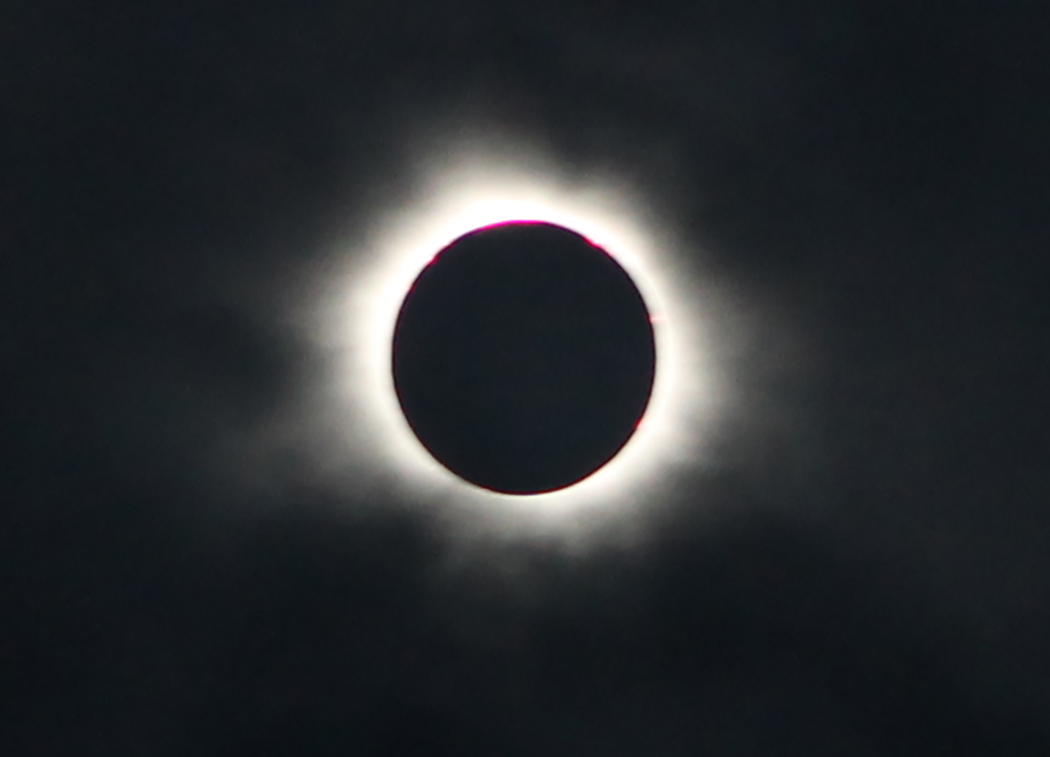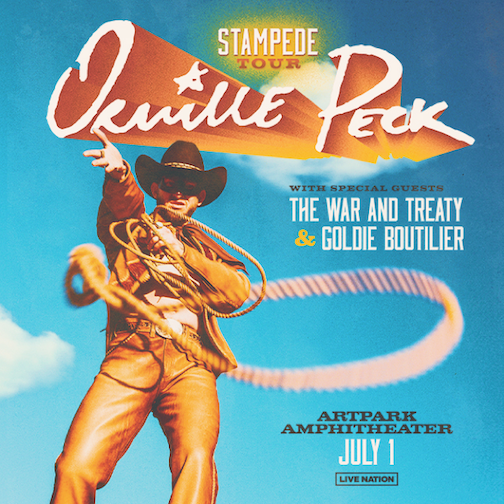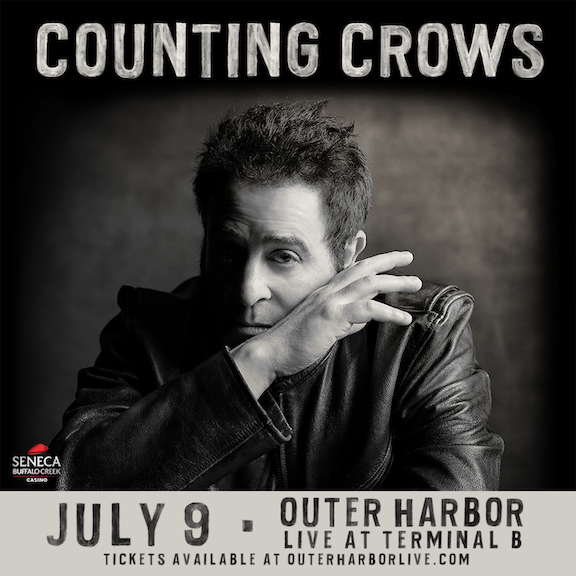Featured News - Current News - Archived News - News Categories
by Mark Daul
Outdoors in Niagara
Johnson's Fudge stand stood just a few feet back on Lower River Road between Lewiston and Youngstown, but how many knew Johnson's Boat House was on the river below?
I never knew that, and when asking around not too many of the surviving old-timers didn't know it either. Several years ago, river man and commercial fisherman Art King gave me a manila folder with some old stuff in it before he passed away, and I kept it as a treasure from Art. It had some old papers, old New York and Ontario fishing licenses, a 1950 New York state fishing syllabus, and an old, undated, Johnson's Fudge Company/Boat House six-page booklet. In there was even an old Ontario beer rationing coupon book with eight coupons left and it is dated "valid until Oct. 31, 1944," but that is another Niagara story for later.
A lot of old timers will remember Johnson's Fudge stand, and if you don't, you're just not old enough to remember some of the finest fudge anywhere. Here you could buy plain chocolate fudge for 40 cents a pound! If you wanted to splurge, you could spend a little more, and get chocolate/walnut for 50 cents a pound. It was sold in one-half pound and one-pound boxes. When I was a youngster, my mom and dad would take the family for what seemed like a long ride down Lower River Road to Youngstown because you could see the river and scenery, and see where all the rich people lived. Houses were huge and estates were humongous, something similar to today, but only fewer of them back then.
The Johnson's six-page booklet states they were established in 1917 and the phone number, if you wanted to rent a boat from the boat house/marina, was "Telephone 58" You could rent rowboats, outboard motor boats, and large party fishing boats, "with licensed operators and guides." Also at Johnson's, according to the booklet, you could buy bait, (in season) fishing tackle, gas and oil, boat equipment plus new and used boats and motors. They also offered small boat winter storage with boat and motor repairs.
Fishing on the Lower Niagara was very good according to the booklet, and it outlines the major fish available and the best times to catch them, where they spawn and when they spawn. Perch are mentioned and the spawning migration from Lake Ontario occurs about the middle of April, and "if the ice is not delayed by a late winter, the water has warmed to a degree that will make the fish strike a bait by April 20." "This early fishing produces large catches of the big lake perch often running over a pound in weight: Catches may run as high as 200 perch to the boat on a favorable day." Remember this is in the 1940s and '50s.
Pike, meaning blue and yellow pike, "abound in the Niagara River and offer excellent fishing from the middle of June to the first of November or later." It continues, "While they are present in the spring, being speared in large numbers in the rapids above Lewiston, they usually don't take a hook until the middle of June." Drifting is described as the method generally used by sportsmen, and it goes on to describe how drifting is done and what rigging is used. Basically, the same as fishermen use today, but the booklet describes use of hand lines or short fairly stiff boat rod, 20 or 30 pound test, a 2 to 3 ounce sinker, and a triangle - a 3-way swivel today. They talk about using the No. 3 or 4 small spinner with a yellow fly, or yellow and red fly baited with a piece of worm.
Things have changed a little today, the fact that we use much lighter rods, lighter lines and some lures. The yellow fly talked about is still highly effective, and it was referred to as the "yellow sally" back then, as it is today. You can learn all about the yellow sally fly by visiting Outdoors Niagara. There is a section devoted to these historic, and yet modern, fishing methods. Also, there is a whole section on the demise of the blue pike, which disappeared in the late 1950s.
Today yellow pike can still be caught in fair numbers, but the daily catch limit is five, and they have to be at least 15 inches long. Back then, there were no limits of any kind, and the booklet said, "catches from 40 to 100 pike per boat being common and from 100 to 200 not unusual." Back then, people caught blue and yellow pike for sustenance, feeding families, big and small, neighbors and relatives. You could find blue pike on just about any corner bar menu on a Friday night in Western New York, where you could buy a pike dinner for under a dollar.
Lake Erie, at that time, was shining with blue pike and the people in those communities there had the same thing. You might think, wow, that is a lot of fish! But again, remember that was back in the tough times and during the second World War when food, gas and other things were rationed, money was tight, and people were heating their homes with coal. I can jog some more memories here, about how, as kids, we even had air raid practices. Remember those? Stories the younger ones today never even heard of.
The late John Long Sr. wrote a story about Lower River fishing, and how fishing the river paid for his college education in the 1950s as his family wasn't in a position to help. Blue pike and yellow pike drove a good portion of the economy around here.
The booklet goes on to describe the fishing drifts and where they are located. A strange thing in the publication is that the Johnson drift is never mentioned, even though it has been one of the many favorite drifts all through the years. It describes Jackson's drift "above Stranglers point on the Canadian side." It also says one of the drifts is "Stella Niagara drift, from Stella Niagara to Clarks Point on the American side."
Does anyone know where Stranglers Point and Clarks Point are located? If you do, let me know. It also mentions the Lighthouse Drift that I am assuming is the lighthouse at Fort Niagara or maybe the small lighthouse on the Canadian side, downriver from Fort George.
Other fish catches mentioned in the booklet were "herring, white bass, black bass, sheep head, bullhead, eels and mullet, all caught by the angler in some numbers." Sturgeon wasn't mentioned, even though they were much sought after fish at the time too. There was no mention of trout or salmon at all, although there were very early stories written by Fr. Hennepin when he first arrived on the scene in the 1600s because in his early writings, he mentioned about watching "silvery fish trying to leap the great waterfall." They probably were Atlantic salmon, once native to these parts.
There are a lot of stories about Niagara River fishing in the old days, and at times I wish I could have lived those adventures, and the stories I've heard from back then, I soaked up like a dry sponge. My father never got into fishing, so I never learned these things from him; back then, he was one of millions working for the war effort.
Today life is a little easier for most, and that is why I always stress for fathers and mothers to get these young kids of today out into the outdoors fishing, hunting, camping, hiking or whatever. Get them out to enjoy the things we have, but take for granted. Besides, you could learn a lot yourselves. After all, they may not last forever.
For area fishing updates, be sure to visit www.OutdoorsNiagara.com. Readers can contact this writer at [email protected] if you have any additional information. Next week I'll tell you a little more about bobcat sightings in Niagara.





